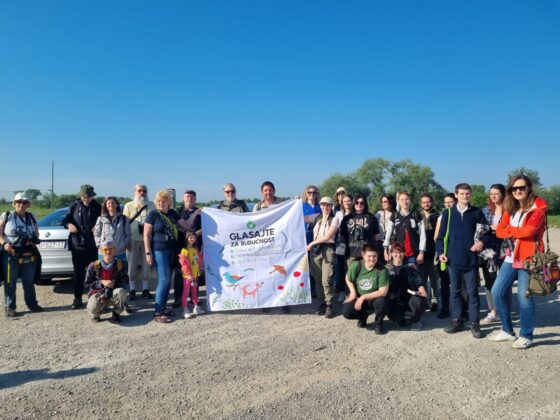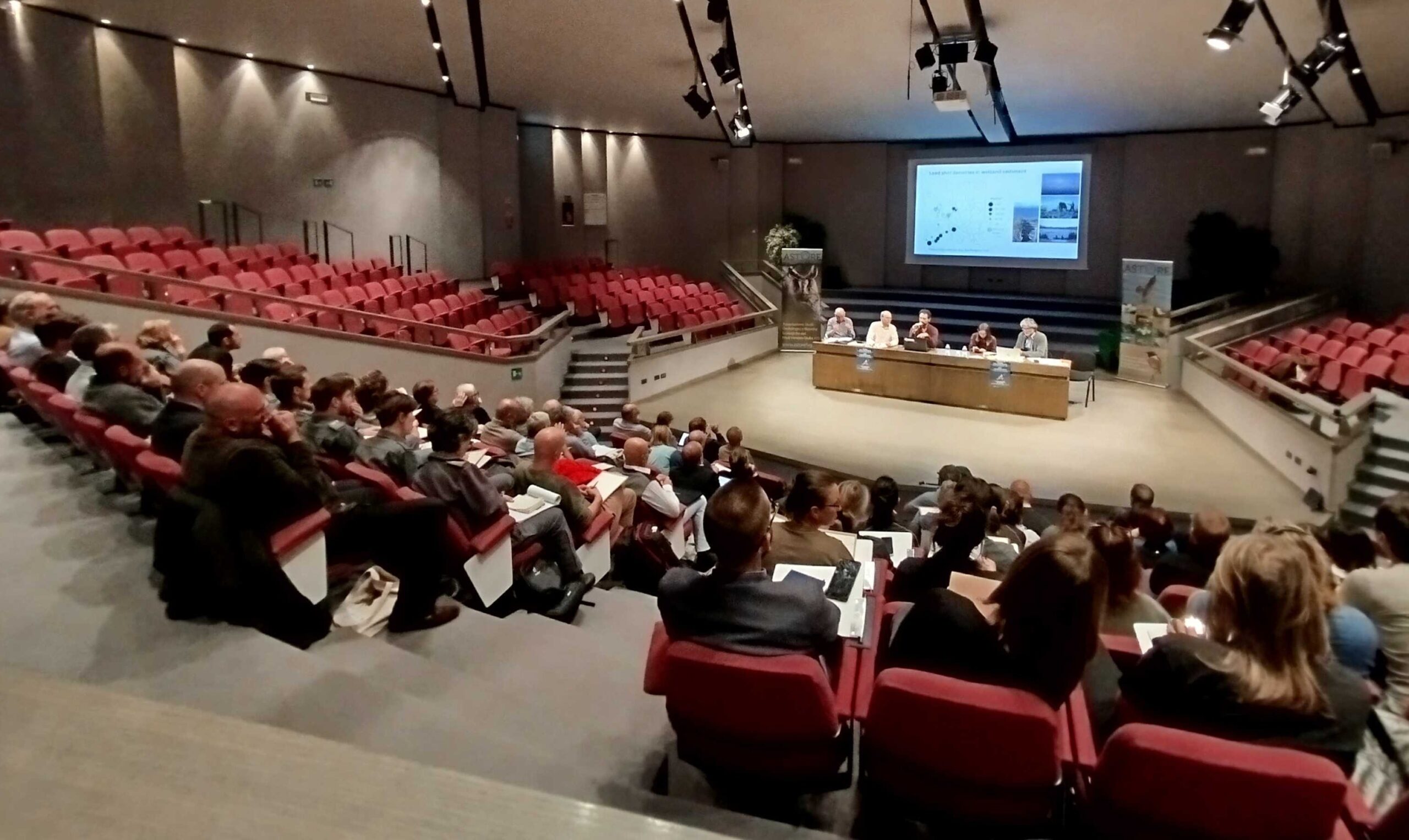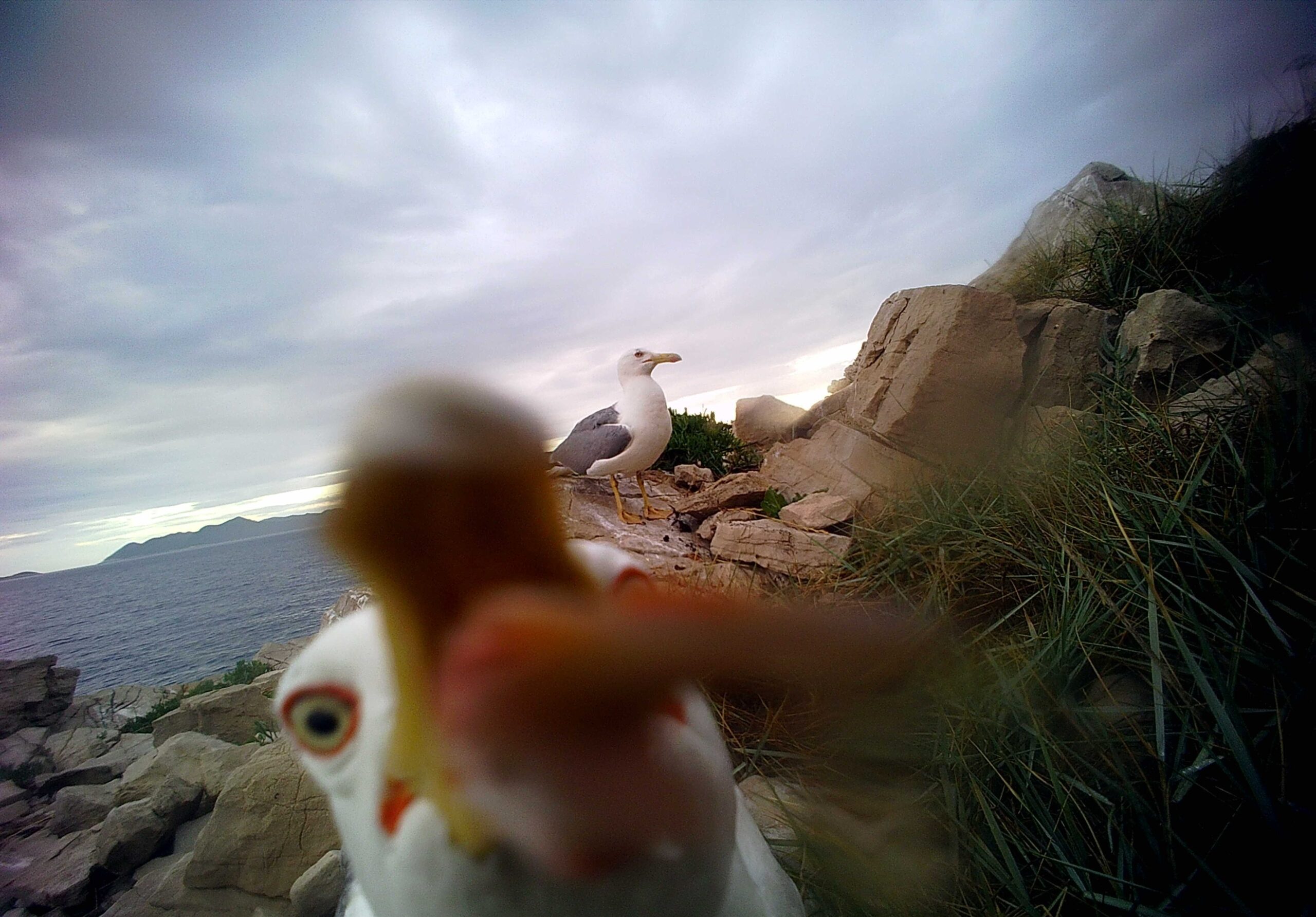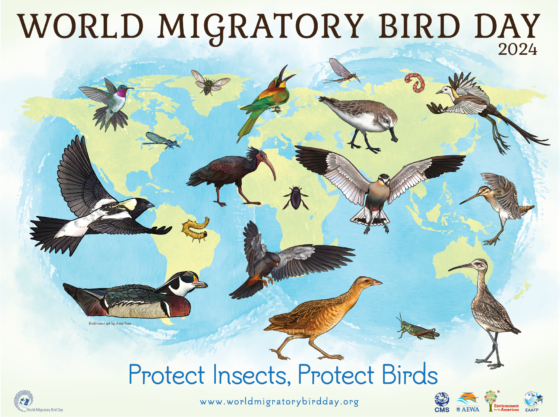
We celebrated World Migratory Bird Day last weekend by bringing together bird and nature enthusiasts! On May 11, at Savica lake in Zagreb, we hosted a birdwatching tour led by ornithologist Dubravko Dender from the Association Biom. During the event, we identified 45 bird species, including the black kite, common kestrel, common tern, bee-eater, robin, nightingale, black redstart, European stonechat, whinchat, Eurasian blackcap, and common chiffchaff. The diversity of species observed highlights that, after their arduous migration, most of these birds have chosen to spend the warmer part of the year in our region.
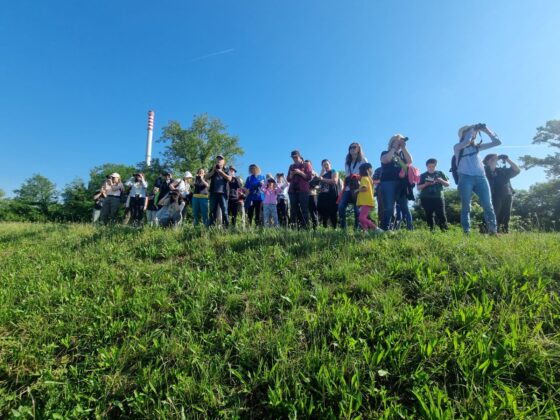
This year’s Migratory Bird Day celebrations, held worldwide, emphasised the crucial role of insects for migratory birds, highlighting concerns about declining insect populations. Insects are vital energy sources for many migratory bird species, not only during the breeding season but also throughout their long journeys. They significantly influence the timing, duration, and overall success of bird migrations. The migration period often coincides with the peak of insect abundance at stopover sites, providing the birds with essential food to replenish their energy reserves before continuing their journey.
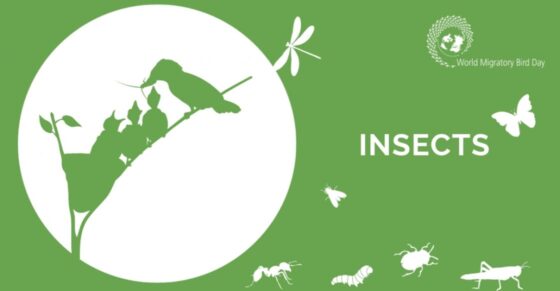
The decline in insect populations at nesting sites and along migration routes poses a serious threat to the survival and well-being of birds. Natural habitats, such as forests and grasslands, have been altered or endangered by intensive agriculture and urban development, including the impact of light pollution, leading to reduced insect populations. Pesticides and herbicides used to protect crops also harm the insects that birds rely on for food. Without energy- and protein-rich insects, birds may be unable to migrate or breed successfully, resulting in weakened immune systems, lower reproductive success, and higher mortality rates for both adult birds and their offspring.
Birds play a crucial role in pollination and pest control, and a lack of insects disrupts these vital ecosystem functions. Without birds as natural predators, certain insect populations can grow unchecked, leading to epidemics that harm plant health and agriculture. This underscores the need for proactive conservation measures, such as reducing the use of pesticides and fertilizers and adopting organic farming practices where possible. Additionally, preserving and connecting areas of natural vegetation within agricultural landscapes is essential to providing food and shelter for birds and other species.
In addition to birdwatching, last Saturday we hosted the first botanical walk of the year, led by Tomislav Hudina, head of the botany and habitats programme at the Biom association. During the walk, we learned about how plants have evolved over millennia to develop their current adaptations and appearances, how some plants attract and deceive insects, and how they protect themselves from various unwanted creatures.
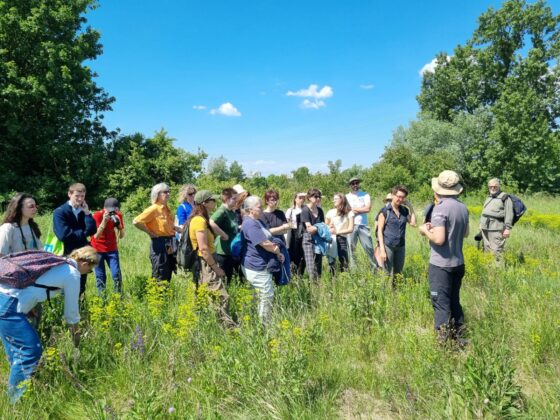
Participants of the “School of Change” from the Zagreb Museum of Contemporary Art joined the botanical walk as well. The School of Change is an educational programme focused on community empowerment and its connection with the museum. It is part of the European Project Museum of the Commons, which is affiliated with L’Internationale, an alliance of 14 European museums and other cultural institutions dedicated to contemporary art.
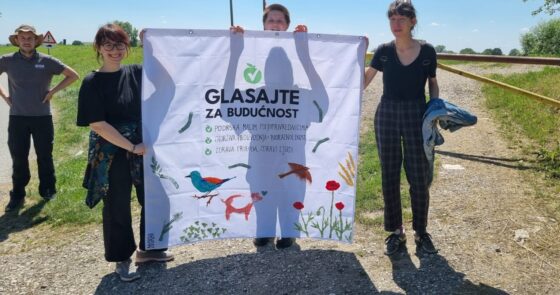
A beautiful sunny day and the diversity of the participants provided an excellent opportunity to present a flag with the message “Vote for the future.” This flag was created by members of Primara, a group of young members of the Biom association, and it represents our demands within the European movement Good Food, Good Farming. The movement advocates for a fair transition of food and agricultural systems in the EU. The EU strategy “Farm to Fork” offers a solid framework for this, encompassing all aspects of food production. It supports small producers, promotes sustainable practices, and ensures the availability of high-quality, locally produced food for everyone. Additionally, it highlights the benefits of a diet with reduced animal protein for human health and its contribution to preserving the environment, including biodiversity, soil, air, and water. Implementing this strategy ensures the survival of villages and farmers, enables people to access healthy and high-quality food, and helps address global crises.
